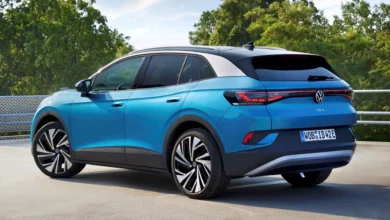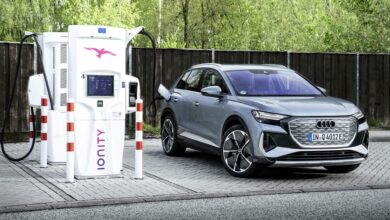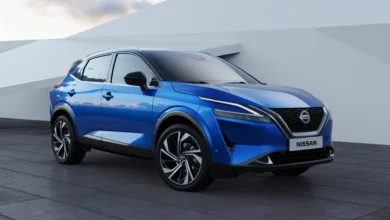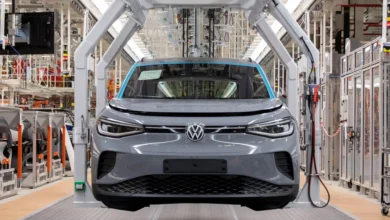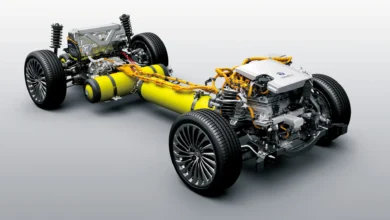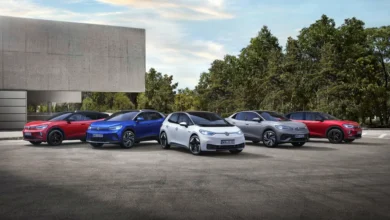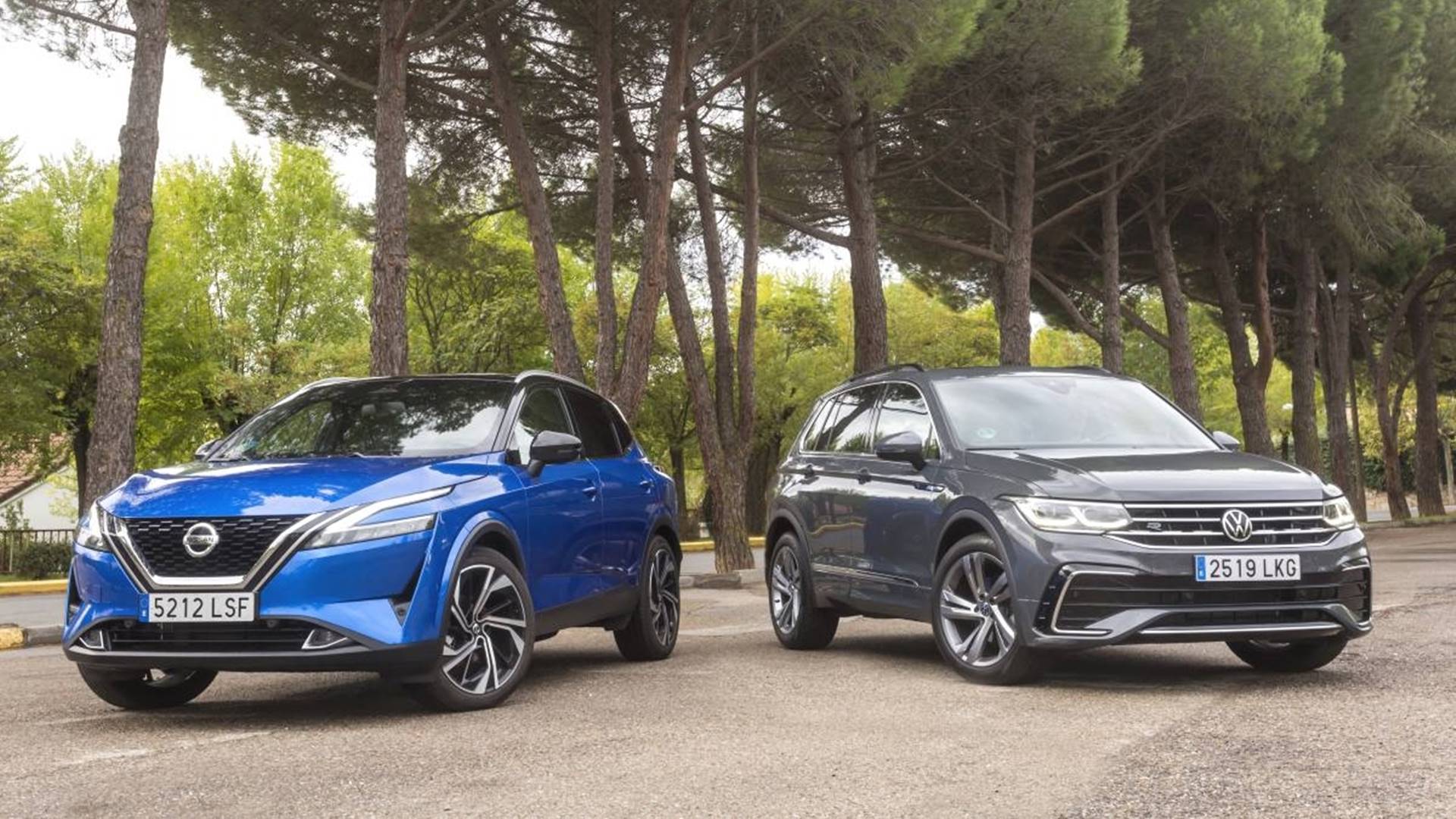
The third and new generation of the Nissan Qashqai faces one of its direct rivals, the VW Tiguan, models that we test and compare in this great SUV duel.
To speak of the Qashqai is to speak of a car that has revolutionized the current automotive landscape. I do not know if those responsible expected everything that it has given to the brand and that it would become such a popular model that it even forced the other brands to modify their road books to follow the path set by Nissan. Over time, many manufacturers have recognized that they thought it would only be a fad … and were slow to react to the evidence of the success of the Qashqai. Today, the SUV format already forces us to design entire ranges, to position models in all segments … even a brand like Ferrari has picked up the glove.
NISSAN QASHQAI, MUCH IMPROVING WHAT IS PRESENT
Renewing a bestseller like the Qashqai shouldn’t be easy. Who dares to propose big changes on something so successful. As the second generation, this third generation of the Qashqai is not revolutionary, which does not take away from it so that it receives the pertinent technologies in matters so modern today such as connectivity, digitization, or of course electrification, with which diesel has been shelved.
The new delivery of the Japanese SUV has been developed on the new “electrified” CMF-C modular platform (a new hybrid version will arrive), which announces a 41 percent increase in torsional rigidity, an outrage possibly required by that future version and -Power that will have to support two motors and a heavy battery, and perhaps also recognizing discreet registers in the outgoing Qashqai. This structural rigidity is the best basis for making suspensions work as designed on the workbench and for reducing the level of NVH (noise and vibration), something that is immediately noticed in the Qashqai with its premium ride.
NISSAN QASHQAI VS VW TIGUAN: THEIR DYNAMIC SENSATIONS
At the chassis level, Nissan has made the Qashqai very pleasant. There is a lot of quality in the suspension tuning, when you feel a firm footprint, without dryness in the usual bump. The steering also filters very well the irregularities that can step on the wheels. And the rolling soundproofing is very good. The Tiguan, like all those new generations of direct rivals, rolls equally with great quality and total nonchalance, but without that point of finesse that the new Qashqai has reached even with the immense 20-inch wheels of this version.
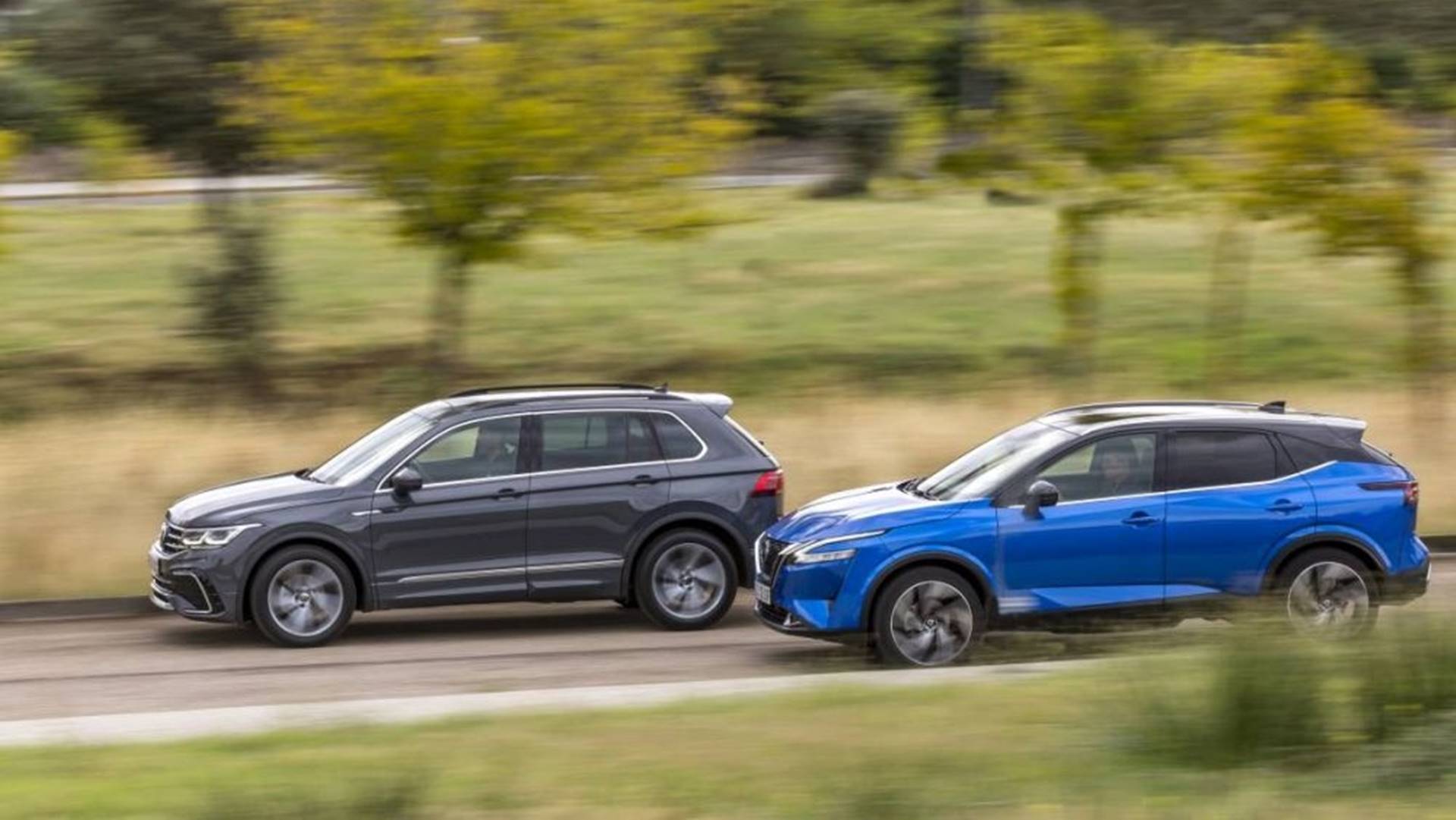
However, although the Qashqai and Tiguan differ in how you feel them, they are cars that seek great balance with their general behavior and both are enormously pleasant rollers., both for long distances, and for everyday urban life. In any case, more compromising differences do appear when you drive decidedly fast between curves, where you can feel a bit looser in the damping of the Tiguan (it can have active shock absorbers as an option), but it is practically immovable from the rear axle and transmits a lot of security; while the Qashqai retains its greater solidity of movements, but shows a more lively and effective rear for the enthusiast of the wheel. However, Nissan has developed two rear axles for the Qashqai, one of them, an elaborate multi-link scheme for the 4×4 versions or with a 20-inch wheel, which in this case intervenes in the more dynamic attitude sought in this version.
NISSAN QASHQAI VS VW TIGUAN: MECHANICAL SENSATIONS
In that good environment of filtration and smoothness of the Nissan, the 1.3 PHEV engine also has a lot of prominences or surely its association with the Xtronic CVT type change. The truth is that the combination is exquisite. With the bonus that the block is developed with Mercedes, in the Qashqai, this engine, with 158 hp, is offered with a 12V micro hybridization system that provides certain advantages. For now, it benefits from the DGT ECO label. And it provides an electric aid to the gasoline engine that although it is difficult to appreciate (and the table does not inform you as in other cars) and to quantify, operates the resets of the stop-start system and does so with superb smoothness and speed.
As I said, the response of the 1.3 mHEV is subject to the Xtronic change, a CVTdeeply evolved that will make you rethink your opinion of this type of change. And it is that, of course, I am clear that the Xtronic makes the Qashqai a better car in that perception of great dynamic quality that I have mentioned. Nissan has practically managed to neutralize the unwanted slippage effect of CVTs. The speed increases of the engine at full acceleration correspond practically with the acceleration obtained or how we have assimilated it in a normal gearbox, but also emulating gear jumps (7 predetermined speeds) and therefore the operation of a conventional automatic gearbox. Due to its characteristics, the transmission is more filtered, without mechanical jerks, and practically ensures an immaculate uniformity in acceleration.
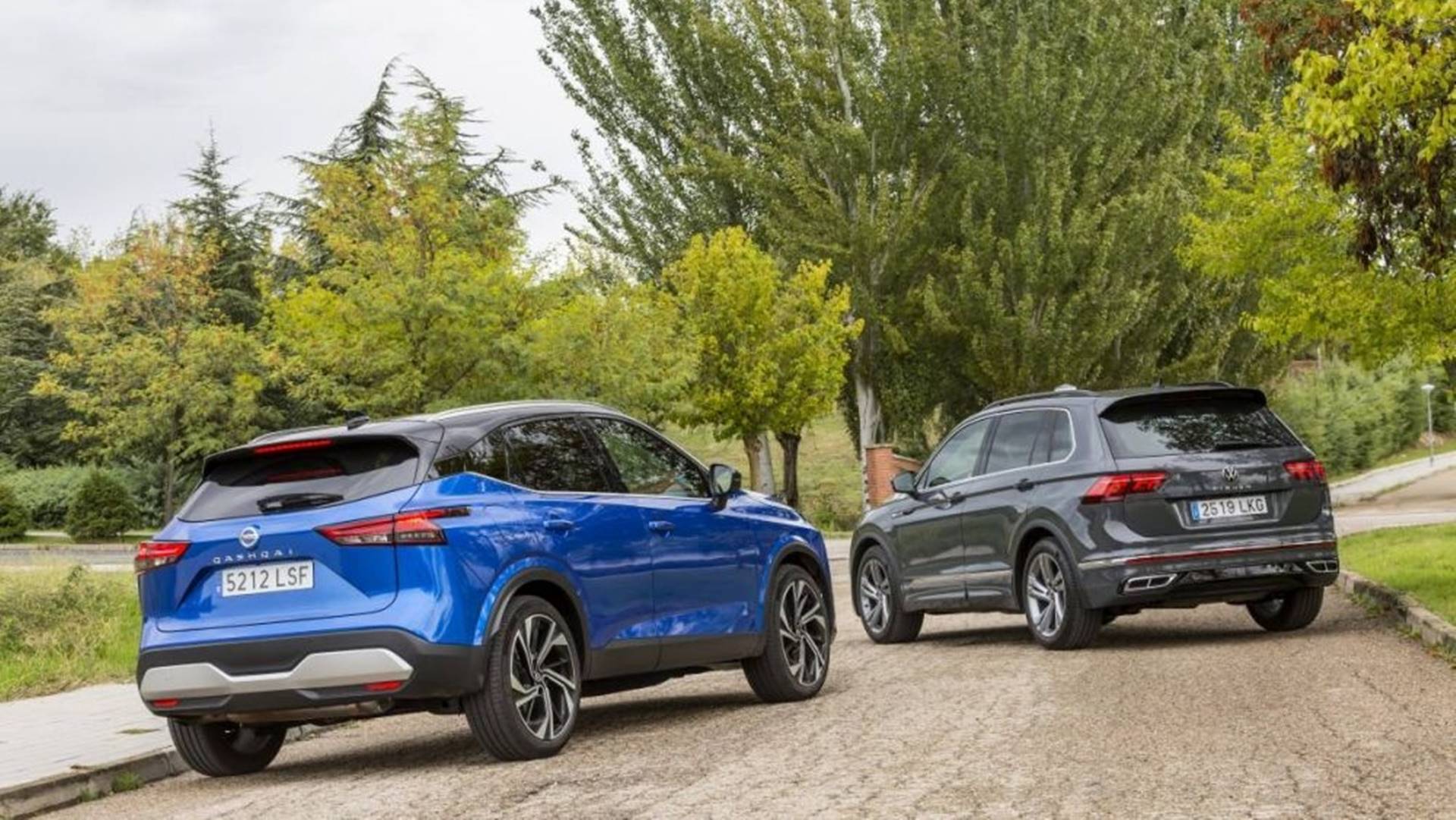
Right from the start, the Qashqai’s feel and response are fabulous, and it responds quickly and performs well. In any case, you feel that the engine loses its bellows at very high speeds, probably to control the slip effect. The gear ratio moves variably between 7.9 and 64.3 km / h per 1,000 rpm, bringing the Qashqai into legal cruises at very low revs.
VW TIGUAN AND ITS TSI / DSG CHARACTER
The 1.5 TSI 150 CV DSG7 combination of the Tiguan is more direct, with a very lively, fast, and solvent response and not less comfortable in general terms. It also has an “eco” face, but not that label, with a system for deactivating the engine’s cylinders in favorable situations (in the clock box it is reported and the engine changes some noise) and the “candle mode” of the change that disengages when you stop accelerating.
In any case, the modern electrified Qashqai is the one that achieves the best records, especially in the city, where the Tiguan seems to penalize more than necessary. At the other extreme of driving, if you are looking to squeeze the possibilities of one and the other, the DSG with its paddles on the steering wheel better interprets a more dynamic driving in the Tiguan. The Xtronic also has paddles and manual mode but even reacting with precise engine and shift response, it appears to be less sporty because of its finesse … as surprisingly highly refined. And is that in general, the new Qashqai has risen a lot in level.
